Almost every homeowner deals with plumbing problems at some point in their lives. While certain malfunctions such as a dripping faucet can be rather minor, others such as a major pipe leak can cause a lot of damage. It goes without saying that proper use and quality materials can often prevent a lot of these issues. But once you’re faced with them, it’s best to look for a solution. Fortunately, and in most cases, fixing these problems doesn’t necessarily warrant a professional plumber. You should be able to handle these plumbing repairs yourself if you have the right tools and know your way around them.
Leaking Pipes
Besides being somewhat of a nuisance, leaking pipes can cause a lot of damage to walls, floors, and furniture. The resulting dampness can also encourage mold growth as well as bug infestations. In most cases, pipe leaks happen at the pipe joints and are mainly due to loose fittings.
You can temporarily fix this plumbing problem with tape, fillers, and compounds. But a more permanent solution involves replacing the pipe or the connected fittings. In this case, you may need to reach out to an experienced plumber.
It’s also worth mentioning that leaks are more likely to happen in the winter when water tends to freeze and expand, causing pipes to burst. During cold weather, you can prevent this by letting the cold water drip from the faucet that the exposed pipe leads to. Running water is known to keep pipes from freezing, even if it’s only a trickle. Setting the thermostat at the same temperature both day and night is also a good idea.
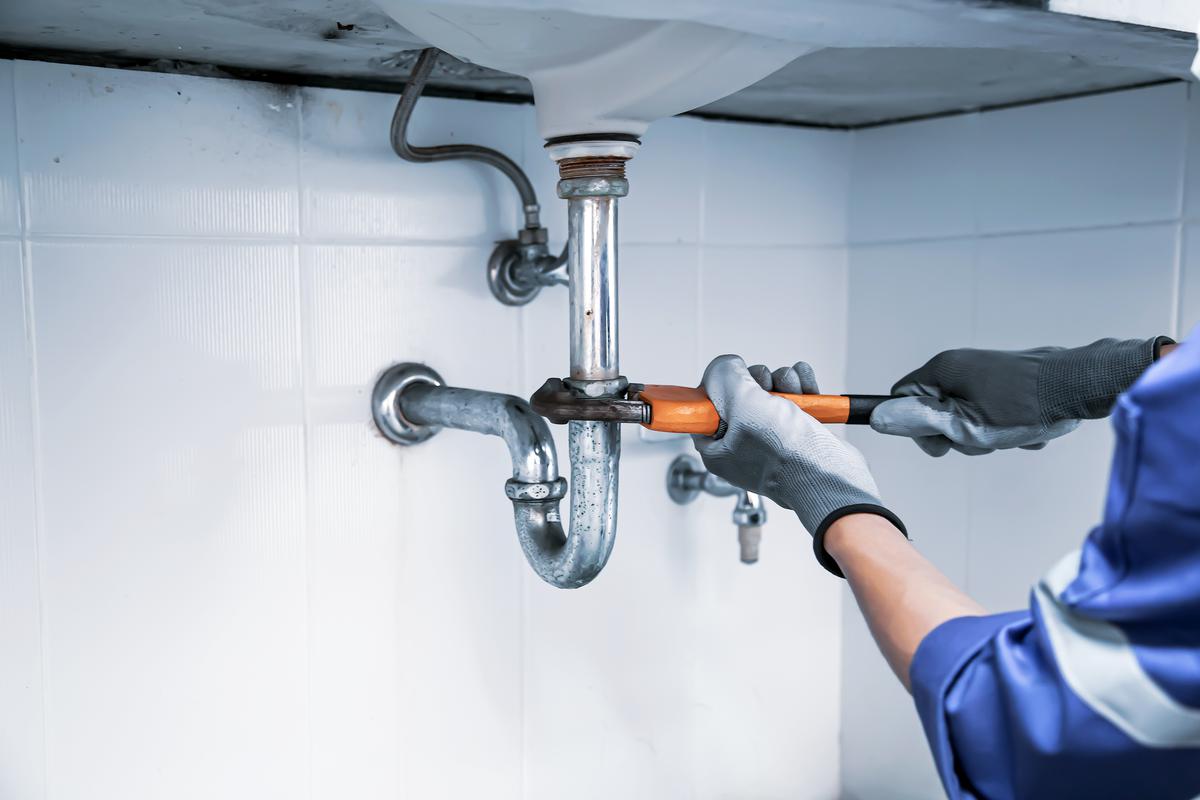
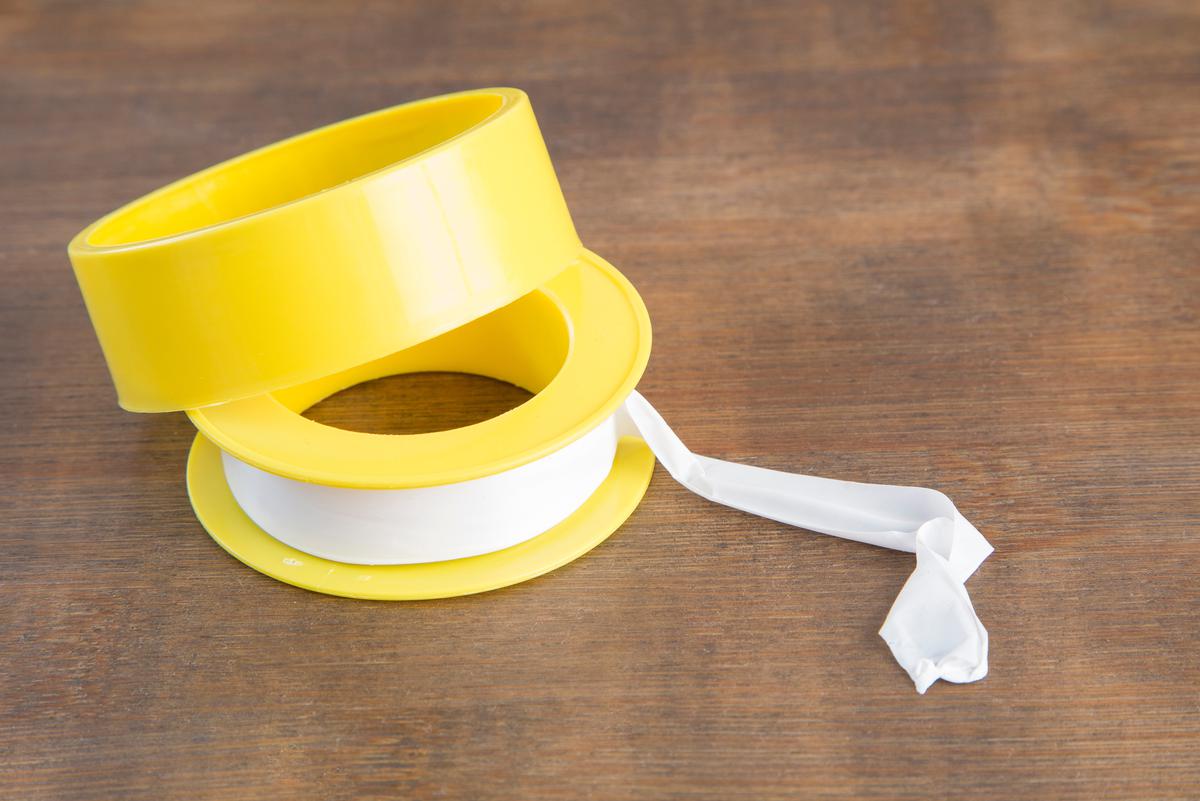
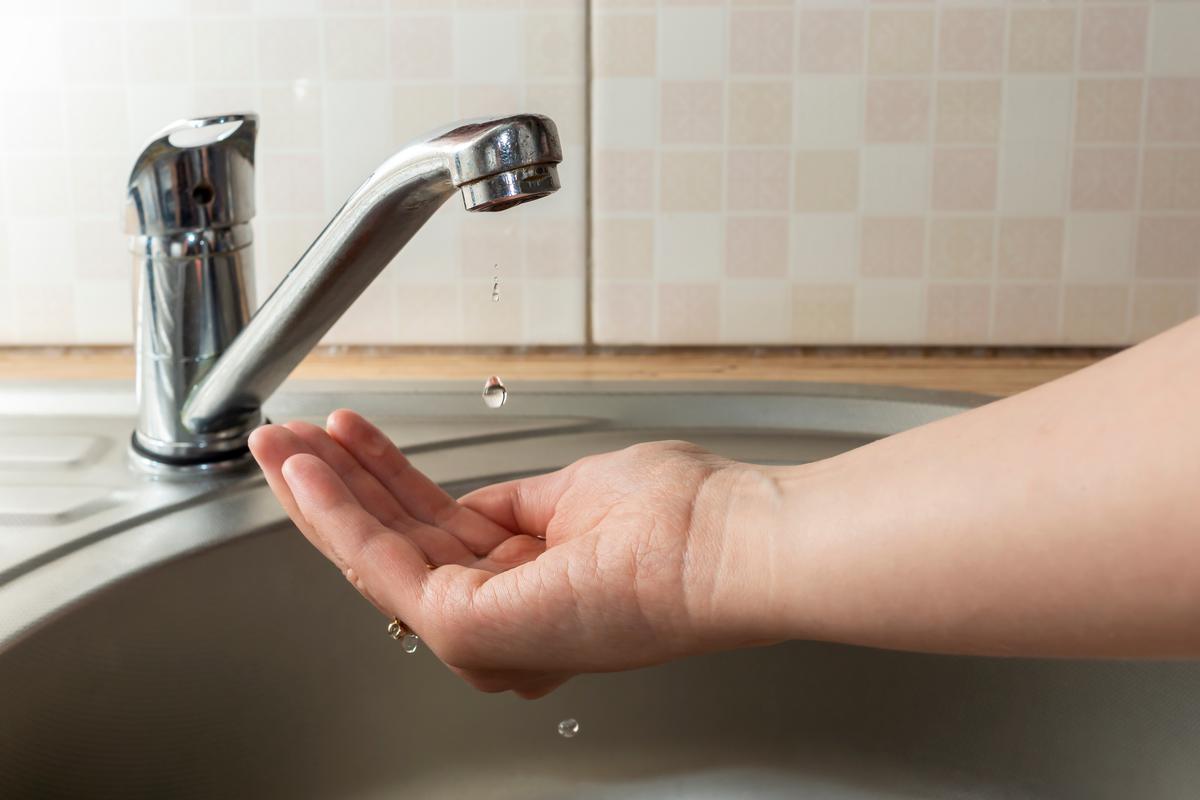
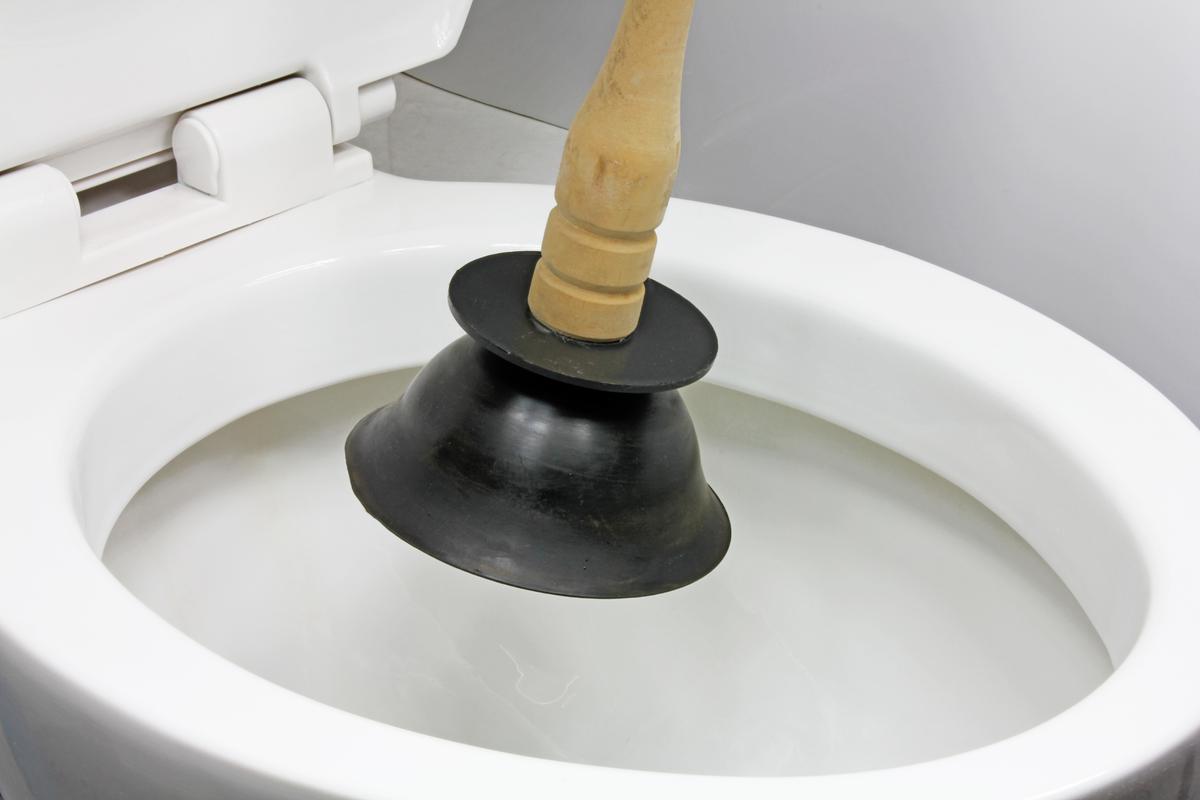
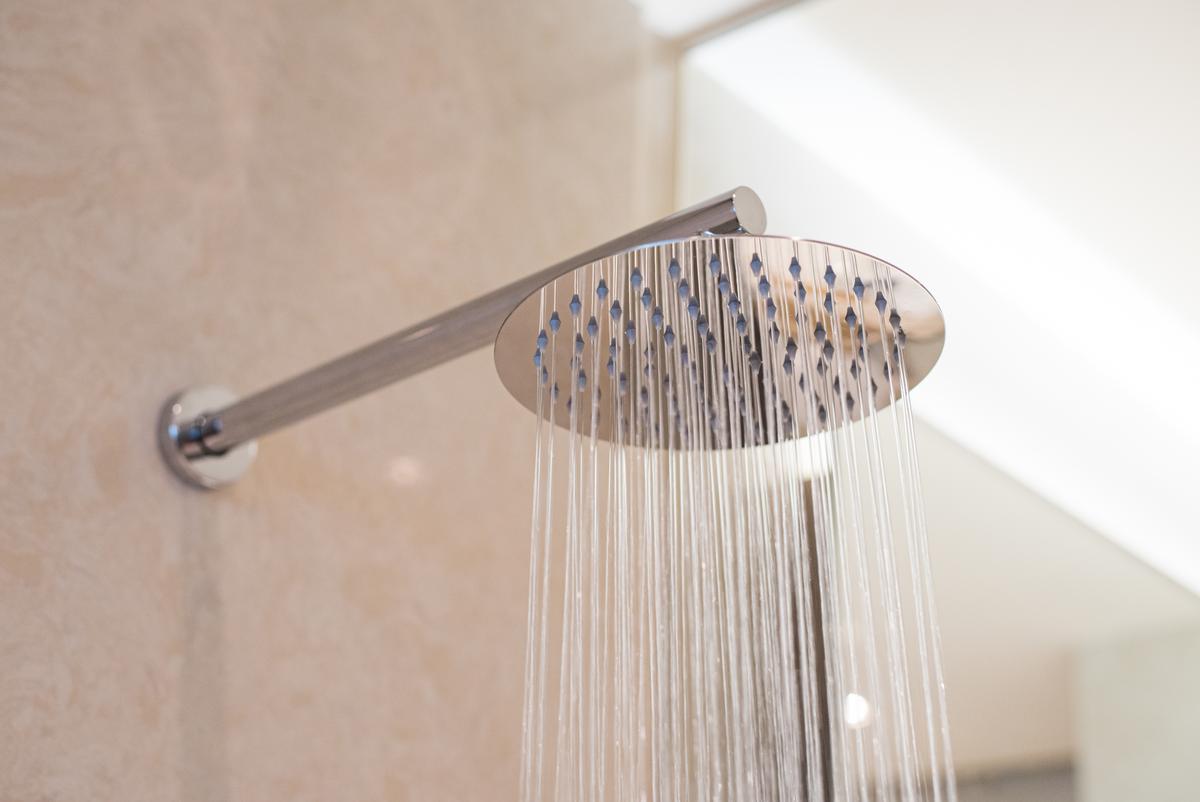
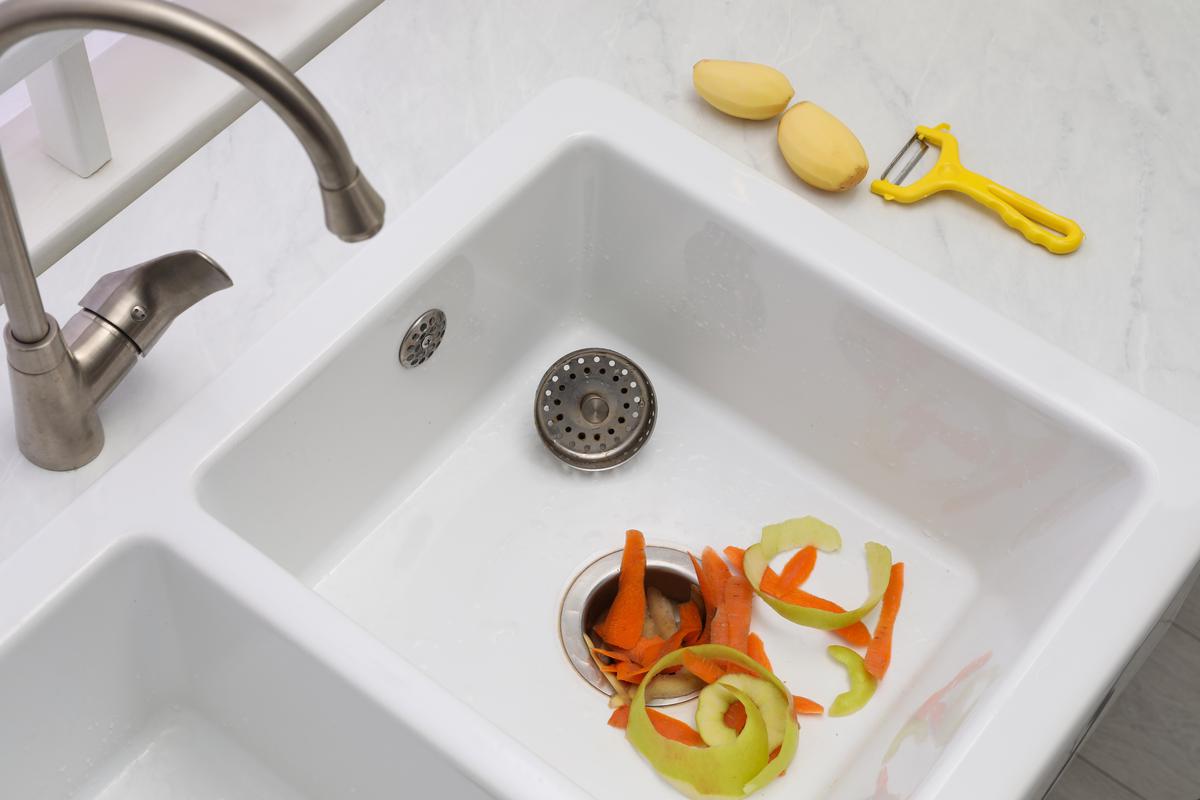
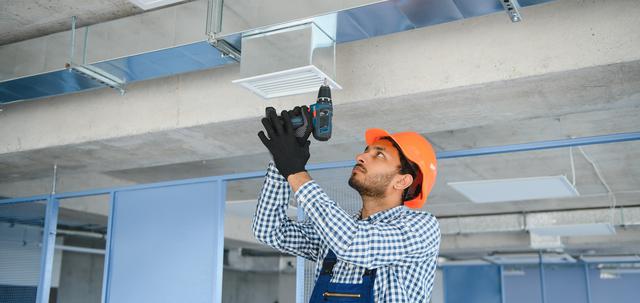
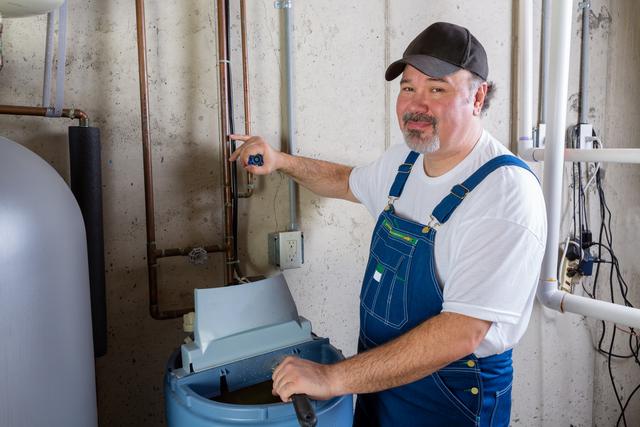
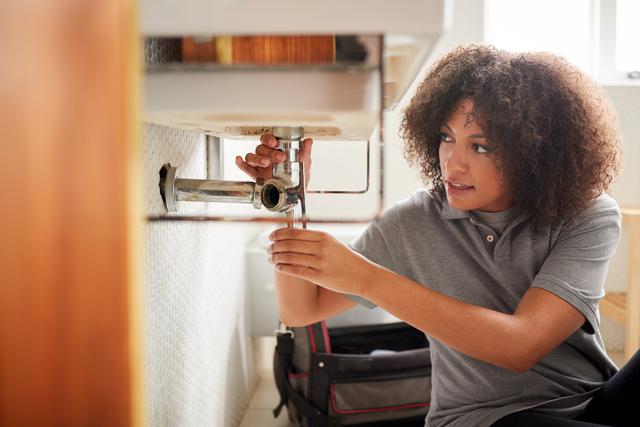
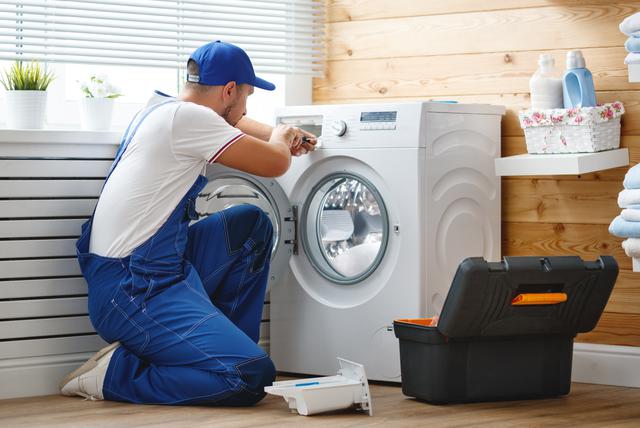
comments